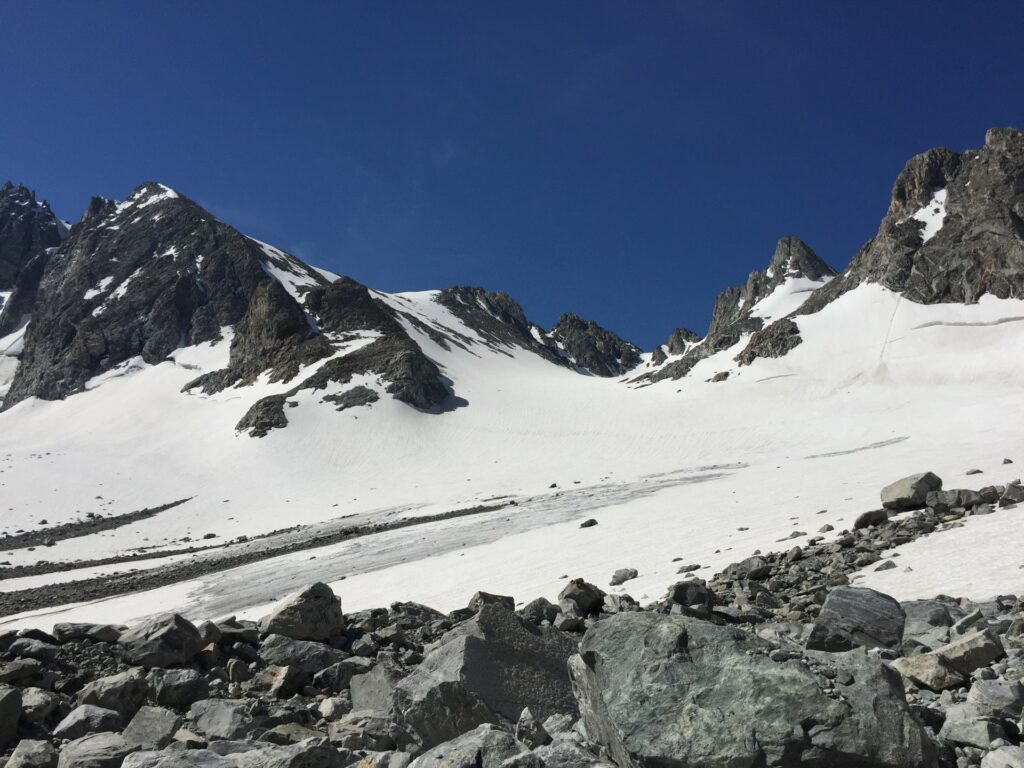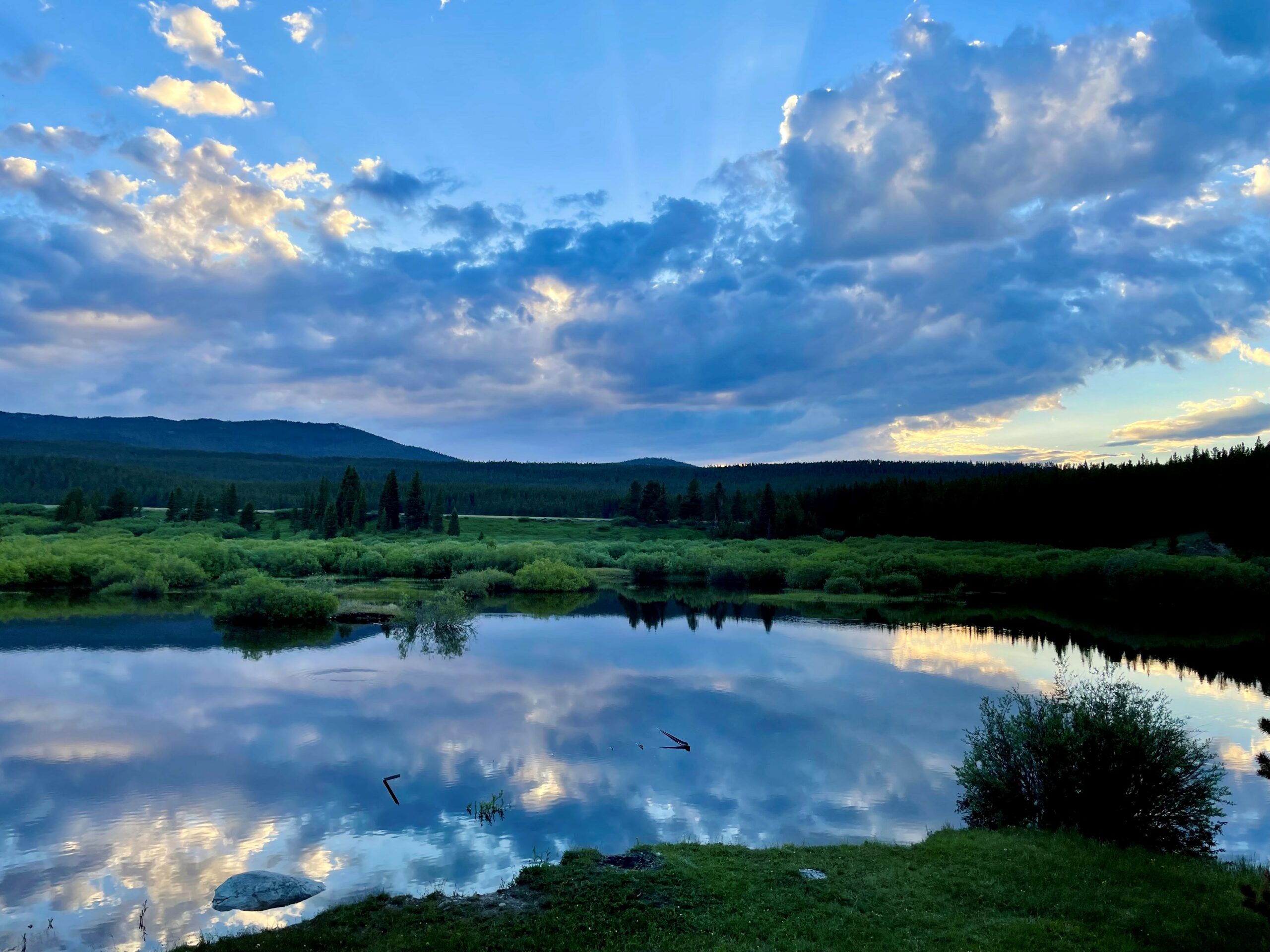

What is the Carbon Blueprint project?
The DOE-supported Carbon Blueprint project, led by a team of small businesses and institutions, explores how an open-access carbon management hub could serve Wyoming. The project aims to drive economic growth while supporting Wyoming’s energy future and independence.
What is this project’s purpose?
The Carbon Blueprint offers Wyoming a chance to chart a path for a future carbon economy that prioritizes jobs, industry growth, and energy independence. This project envisions ways that Wyoming’s resources—its people, technology, and industries—can thrive as carbon management evolves. Just like a construction blueprint, the purpose of this project is to sketch out potential futures, identifying things Wyomingites would like to see.
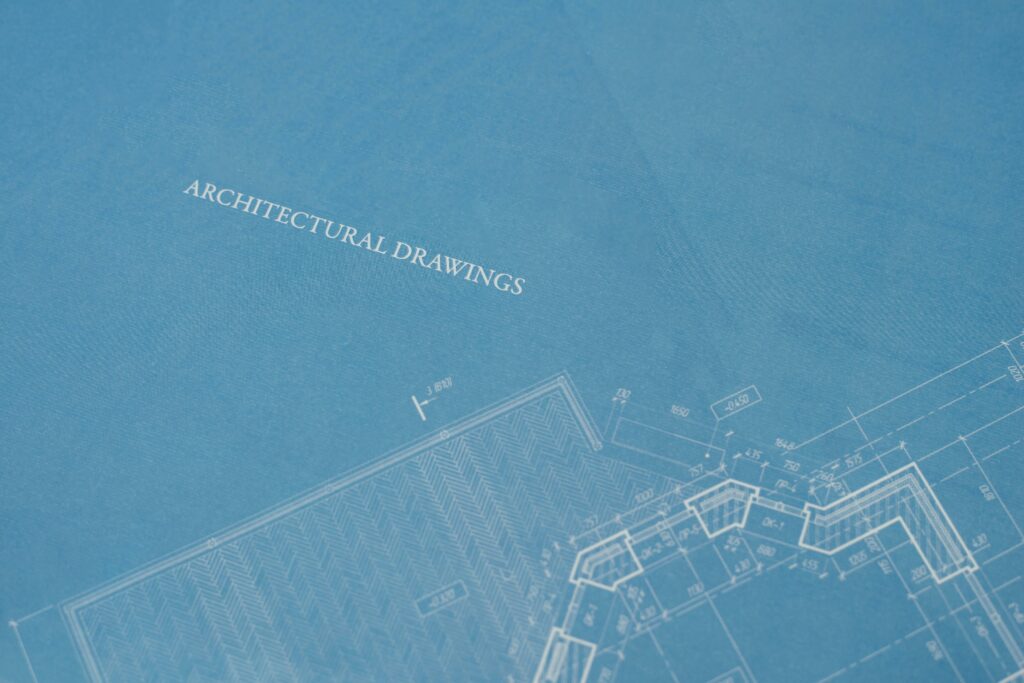
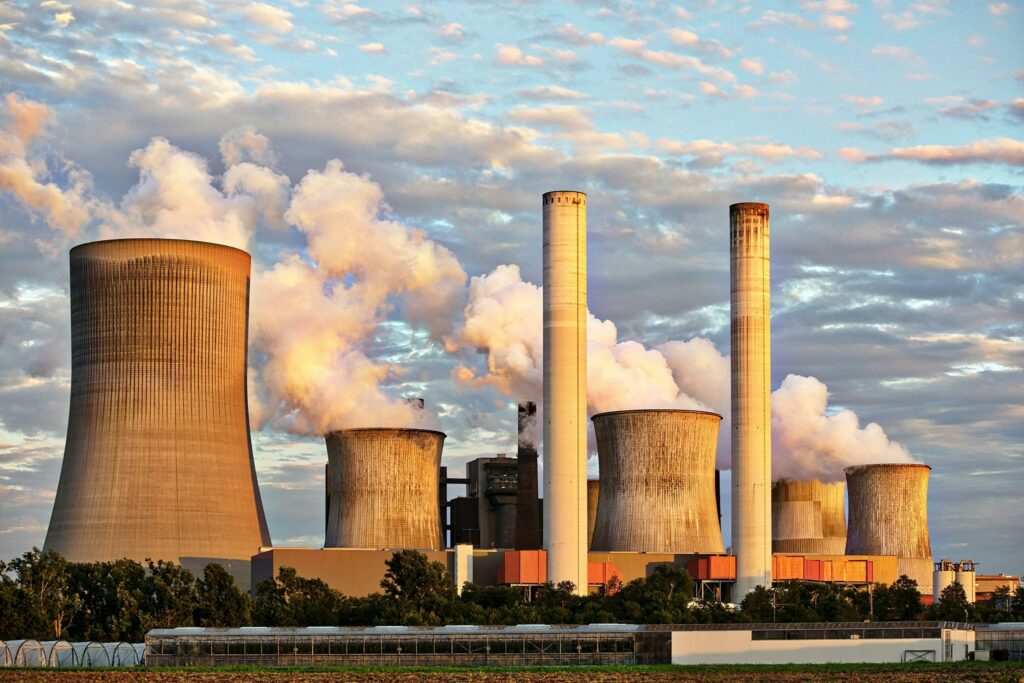
Carbon management involves infrastructure and technologies that capture CO₂ emissions from processes like power generation, storing or repurposing the CO₂ to benefit Wyoming’s industries and local economy.
What does this blueprint consider?
The blueprint aims to consider all the ways that energy and carbon management infrastructure can provide benefits to Wyoming residents, including:
- Economic development
- Community infrastructure
- Safety and health considerations
- Industrial and local business partnerships
- Storage (sometimes called sequestration) opportunities
- Transport needs for captured carbon-dioxide (or CO2)

Why Wyoming?
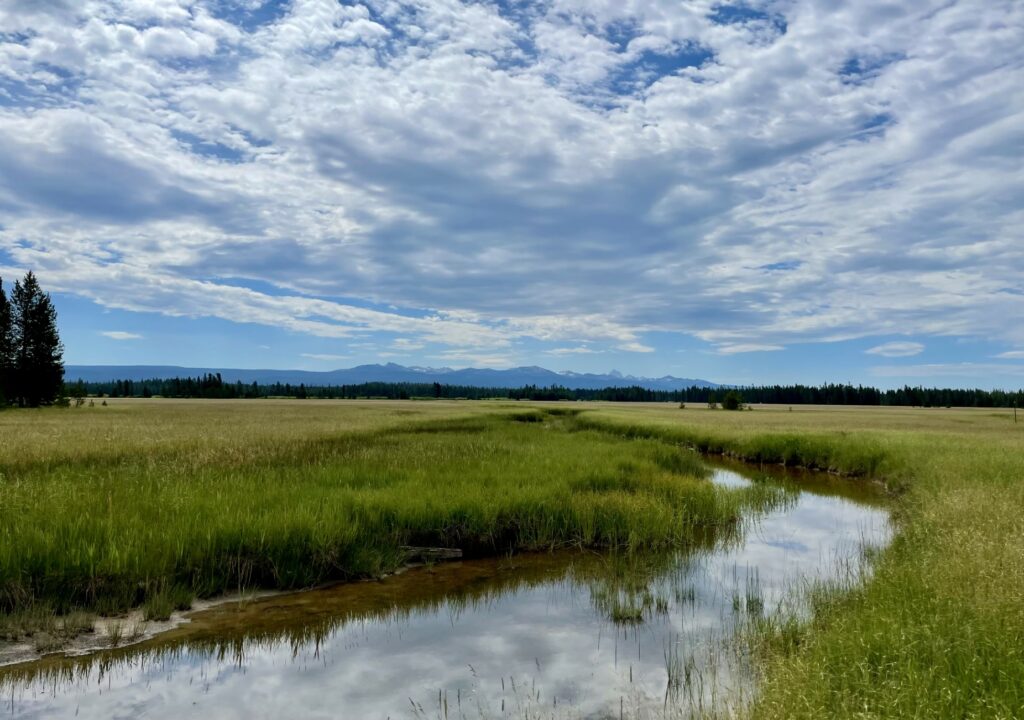
Wyoming has a strong foundation in carbon management and is well-positioned to lead in this expanding field. With some projects already underway, Wyoming stands as a global leader in the rapidly evolving energy industry. The Carbon Blueprint project aims to explore how future carbon management can best support Wyoming’s communities and industries.
This project seeks to align carbon management opportunities with the values and future goals of Wyoming’s residents, industries, and stakeholders.
The state is a natural place to carry out this work. Wyoming is home to:
- High-quality underground rock formations that are well-suited for long-term storage of CO2
- Statewide interest and experience in investing in energy and carbon management infrastructure
- Well-established industries and businesses in Wyoming with advanced expertise in capturing, transporting, and storing CO2 as a business opportunity
- Policies and regulations that clearly define how to capture, store, and transport CO2, minimizing the risk to investors
- Skilled workers in vital industries, including coal, oil and gas, and construction
